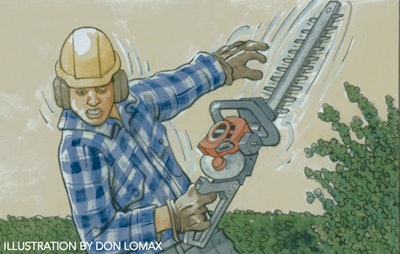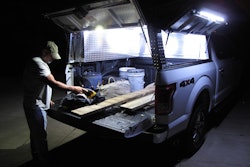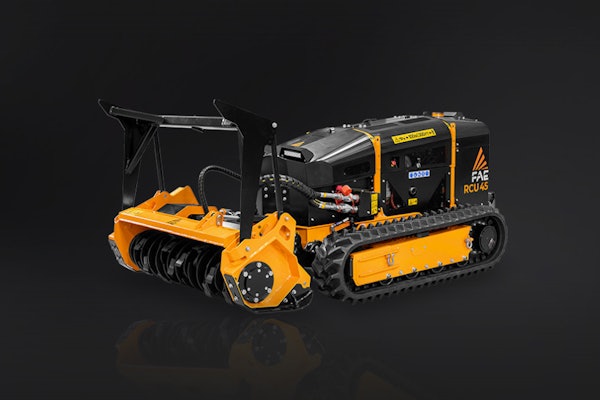
Safety is like that. Find a landscaping company with a genuine culture of safety and you’ll find an owner or president who settles for nothing less.
Granted, the veterans on your landscaping crews may question the necessity of reviewing safety standards and practices for tools they’ve used for years. And that’s understandable really. Remind them that constant attention to safety is the mark of a professional, not a rookie or someone who’s “scared” of the tool.
Ensuring that your managers and foremen are dead serious about safety – and seen that way by their co-workers – creates precisely the kind of role models you need for the less experienced members of your crews.
Fortunately, landscape contractors have access to numerous sources of good – and free – information about safety, and there are a number of reputable companies that specialize in providing safety training both onsite and online.
Among the free sources, of course, are a number of government agencies such as the Occupational Health and Safety Administration. In the private sector, landscapers can find lots of good advice from the Outdoor Power Equipment Institute and the Power Tool Institute.
Explore what they have to offer and you’ll have enough information for several months’ worth of weekly training sessions. Here’s a list of some of the basics when it comes to the safe operation of power tools and equipment:
- Wear personal protection equipment.
- Examine power tools for damage before use, and do not use damaged tools.
- Use the correct tool for the application.
- Don’t operate electric equipment in damp or wet locations unless it is approved for that purpose.
- Keep cords away from heat, sharp edges and cutting surfaces of power saws or drills.
- Don’t use an adaptor or other means to plug a three-pronged cord into a two-hole receptacle. The third prong is a grounding conductor that protects you from electric shock.
- Disconnect tools when you aren’t using them, before servicing them and when changing accessories such as blades or bits.
- Keep the working area free from debris and obstacles to prevent slips or trips with or around power tools.
- Don’t hold your fingers over control buttons while carrying a powered tool.
- Maintain stable footing and balance when using handheld equipment. Sturdy work boots can help with this.
- Handle, transport and store fuel only in containers approved for flammable liquids.
- Shut off a fuel-powered tool’s engine and let it cool before refueling. If you don’t, vapors from the fuel could ignite.
- Don’t remove safety guards or override any safety controls or switches.
- Be aware of your surroundings and the position of handheld equipment in relation to your body.










